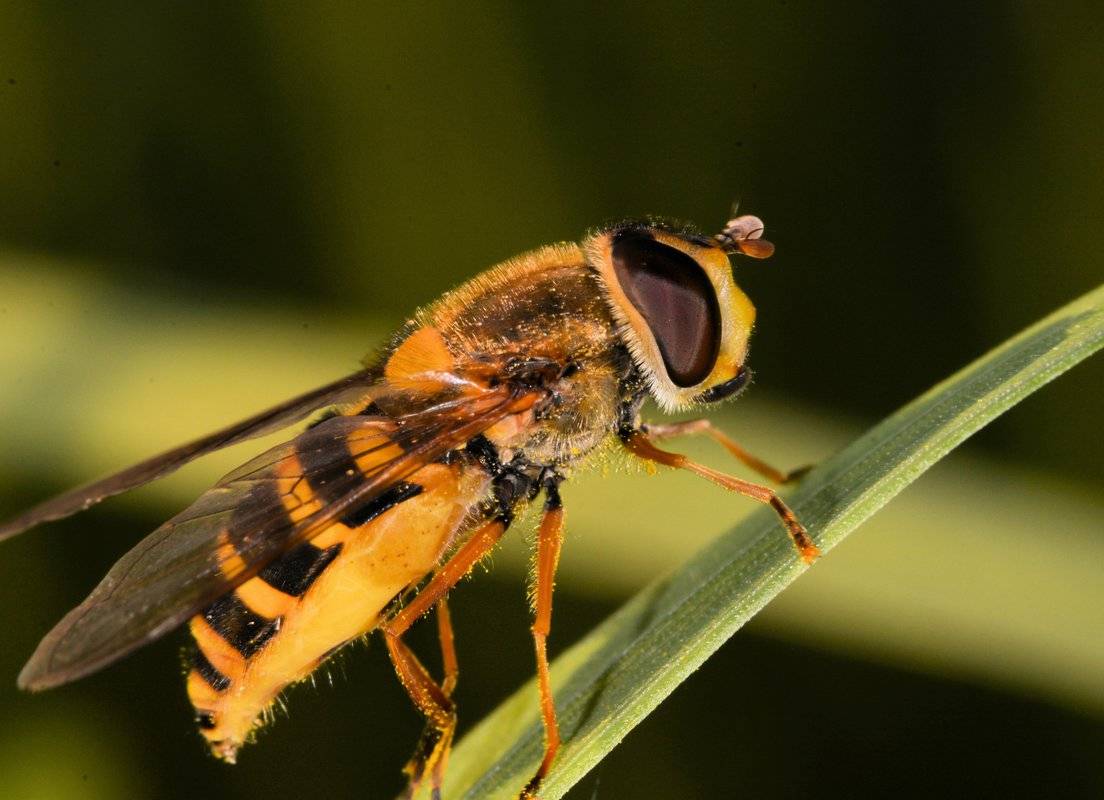
Wheat aphids are a major pest of wheat and pose a serious threat. Chinese scientists have found a way to control the parasite by breeding hoverflies, World of NAN reports.
Syrphids, also known as flower flies or hoverflies, include nearly 6,000 species in 200 genuses and are found all over the world except for some remote islands in Antarctica and the Pacific Ocean.
There are 465 species of 80 genuses of Syrphidae known in China. About one-third of the syrphidae species have predatory larvae that feed on whiteflies, thrips, and aphids. Thus, larvae of these species are natural enemies that can be used for aphid control in agroecosystems.
The most promising species is Eupeodes corollae Fabricius, a globally distributed species of hoverflies. Their larvae are carnivorous and feed on a variety of aphid species and small scale larvae. In one study by Chinese scientists, larvae ate 64.7 wheat aphids in a trial, providing a control rate of 74.8%.
When 8-day-old E. corollae larvae were released at a benefit-to-harm ratio of 1:10, aphid numbers were reduced by 85.9% after 8 days.
In another, newer study, a cage model test showed that the rate of wheat aphid population reduction was 100% by the 60th hour of inoculation of stage 3 E. corollae larvae at a 1:100 ratio. Moreover, these hoverflies showed predatory relationships with all three wheat aphid species present in wheat fields of Hebei Province, China.
In addition, most adult hoverflies visit flowers and are the second most important pollinators after bees. However, their pollination efficiency varies according to crop type, season and location.
Смотрите больше интересных агроновостей Казахстана на нашем канале telegram,
узнавайте о важных событиях в facebook и подписывайтесь на youtube канал и instagram.









































Обсуждение